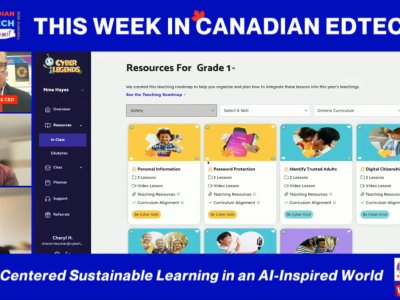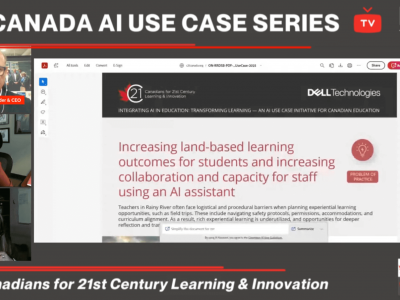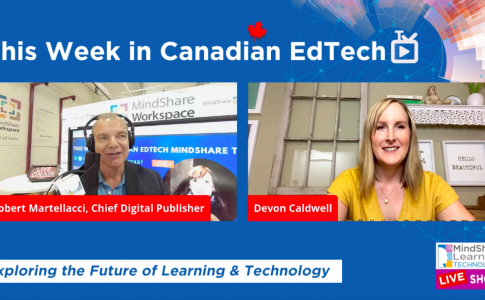Students and Educators As Designers of Learning
With the proliferation of digital tools in the pre-K to post-secondary environment, I often hear educational technology providers wonder why their products are not more widely adopted to support learning in classrooms.
• Is it an overcrowded market?
• Are educators undertrained and/or overwhelmed?
• Do school district policies or alignment goals restrict access?
• Are there current software and/or hardware barriers?
• Is it a case of shrinking budgets?
• Are educational ecosystems hard pressed to find time and opportunity for quality, job-embedded professional learning?
At times these concerns may be valid, however, when speaking to individuals from corporations and start-ups, I often respond to their questions with a question of my own.
How are you including students and educators as co-developers and co-designers of your educational technology products?
The practice of students and educators as trusted designers and developers of learning is not new. From elementary school to post-secondary studies, Canada boasts brilliant examples of how students and educators are actively involved in a collaborative approach to learning and to the learning process itself. To build effective, engaging and quality tools to support learning and challenge thinking, corporations and start-ups would benefit greatly from including the voices and expertise of students and educators in the design and development of games, apps, digital learning environments, content and resources as well.
The involvement of students and educators as critical collaborators is best positioned from the start. What do students need and want and why? What do educators need and want and why? How might the tool support the learning goals educators have set for their students? How might the tool support the learning goals students have set for themselves? While positive user experience (UX) and modern design are expected, considerations for learning must be at the forefront of all design and development decisions involving educational technology tools. In other words, learning must come first; the tool to help that learning second. Meaningful and ongoing opportunities for students and educators to provide input and authentic user feedback to inform design and development decisions should continue throughout the initial concept, prototyping, creation and ongoing iteration of a digital tool. Considering the varied environments in which these tools will be used, honouring user voice and lived experience as well as educator expertise of critical pedagogical perspectives in the design and development process is a win-win for all, resulting in a learning tool that is responsive, engaging and authentic.









